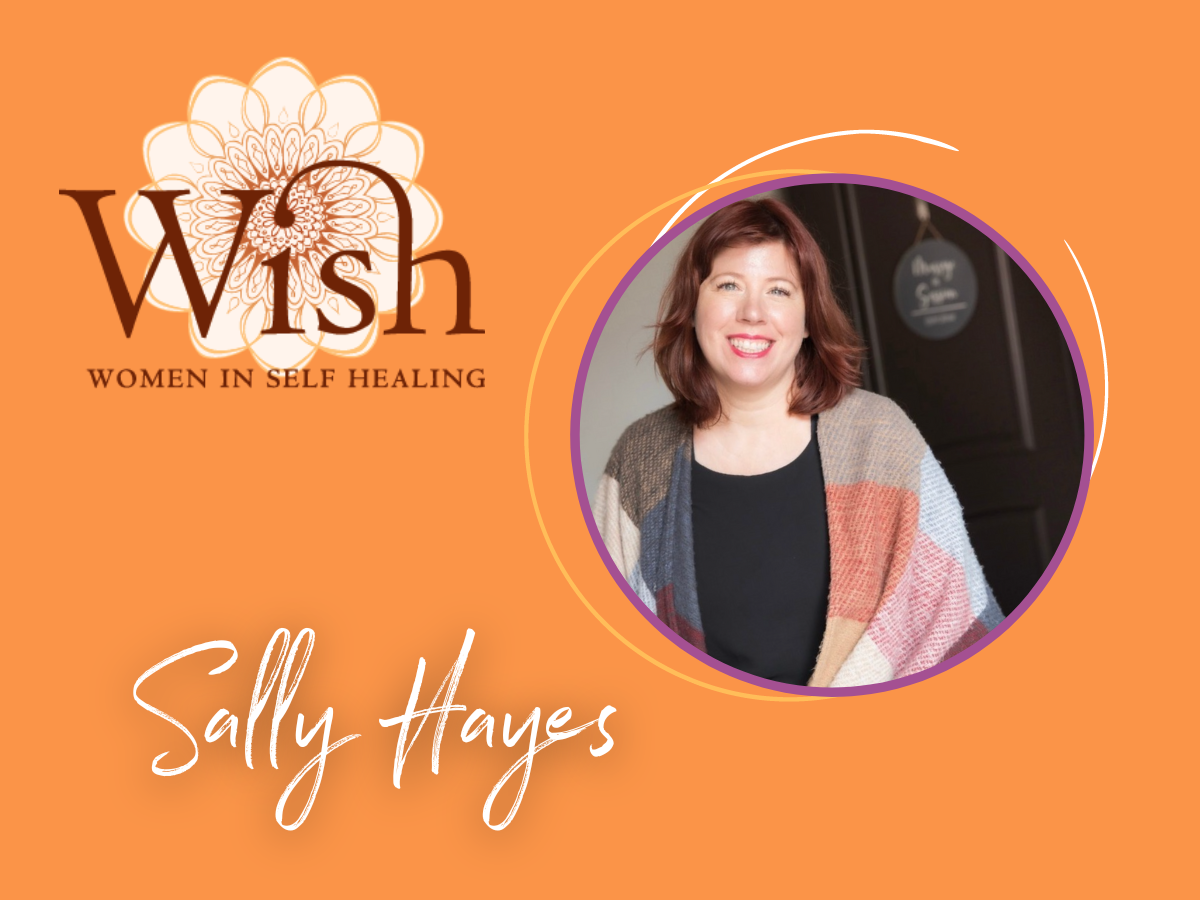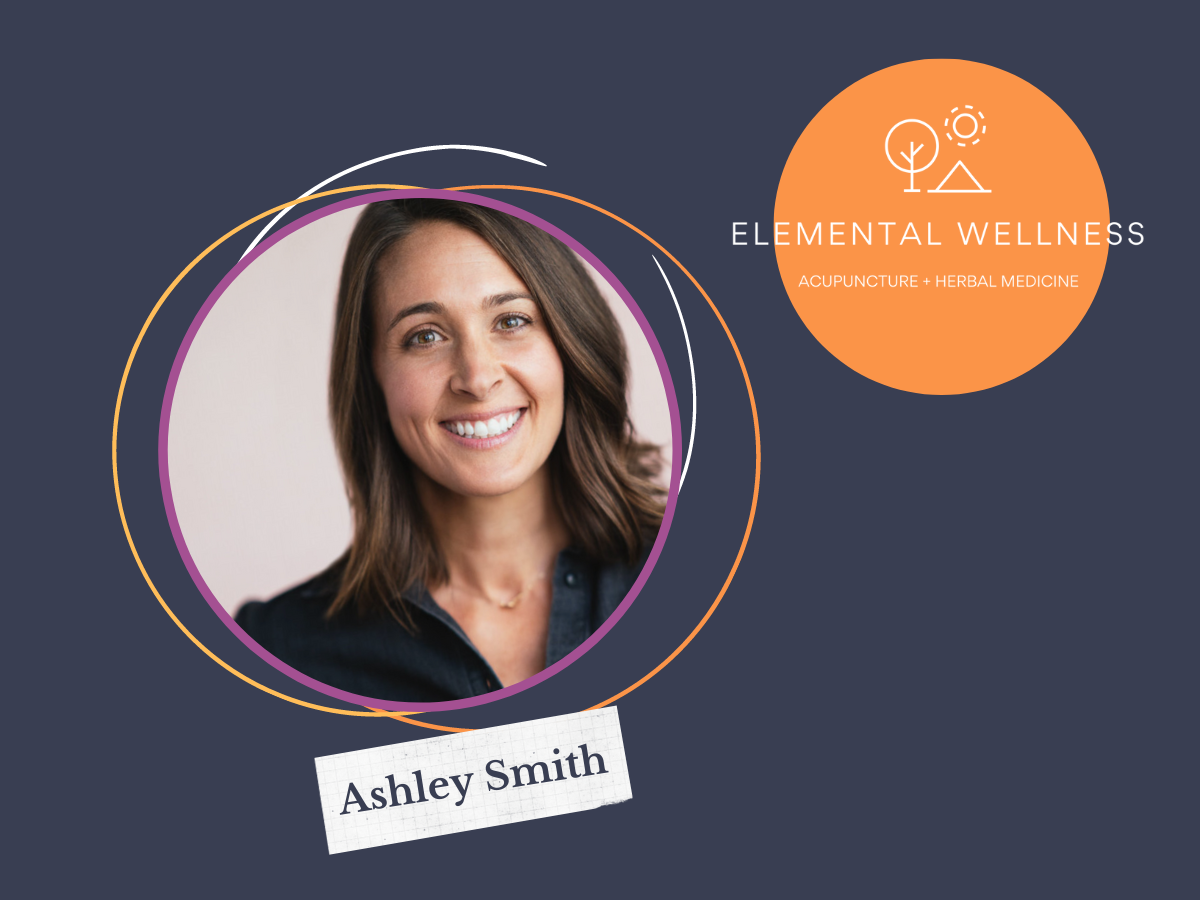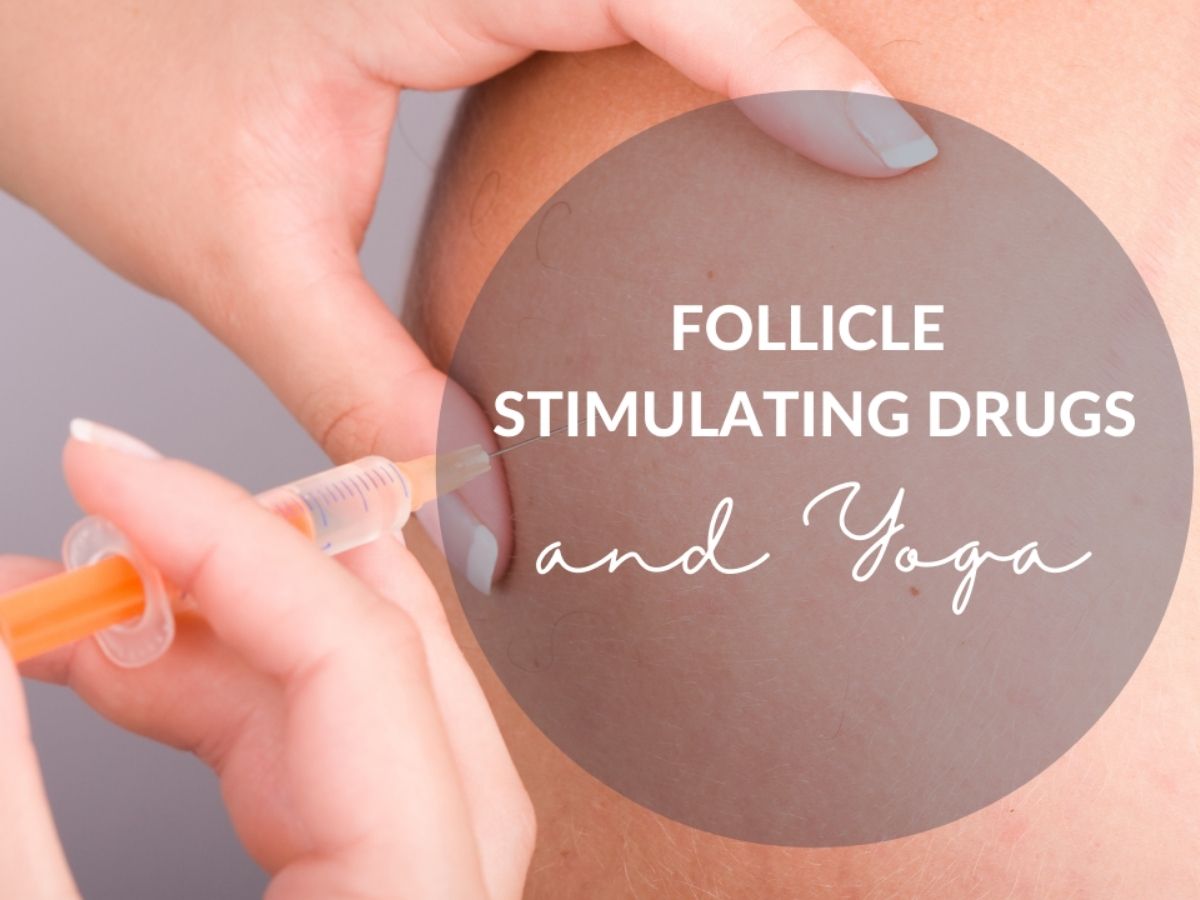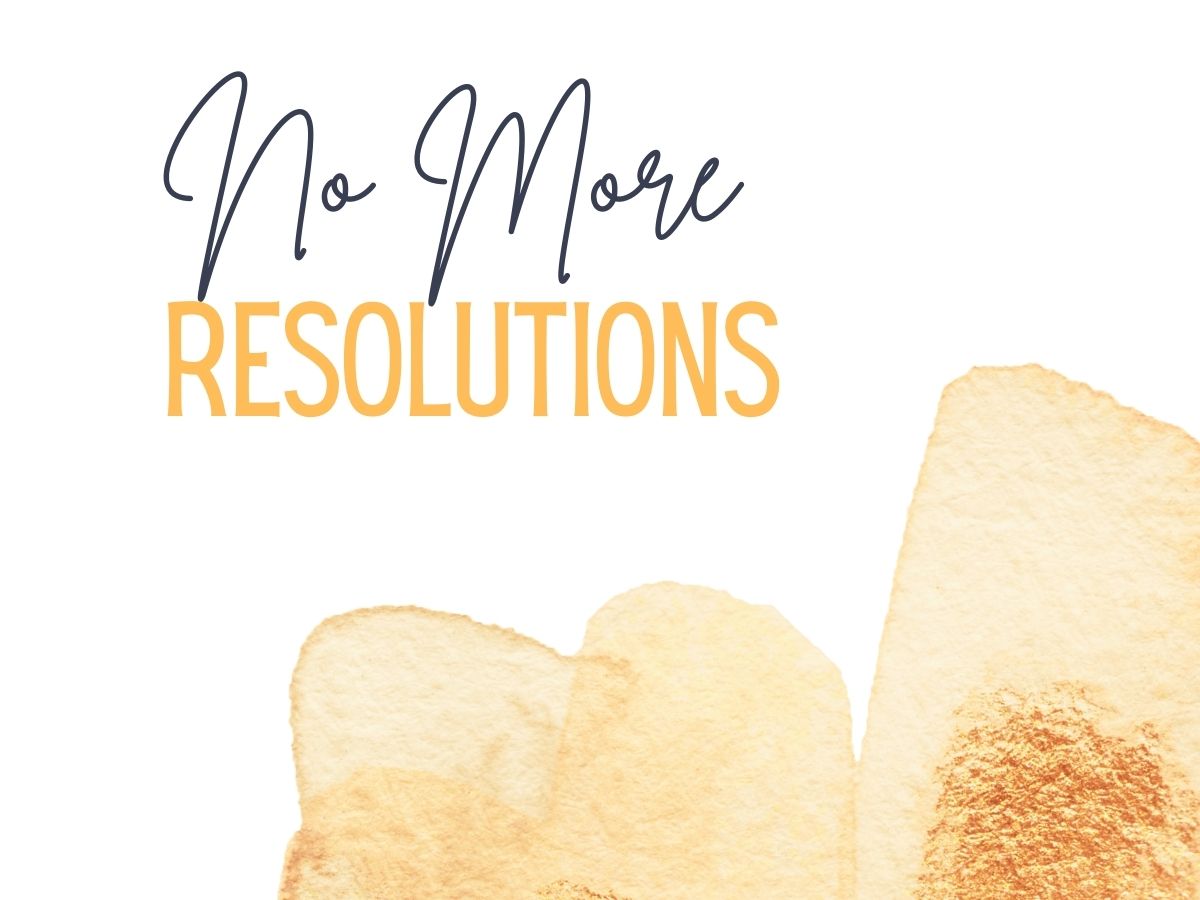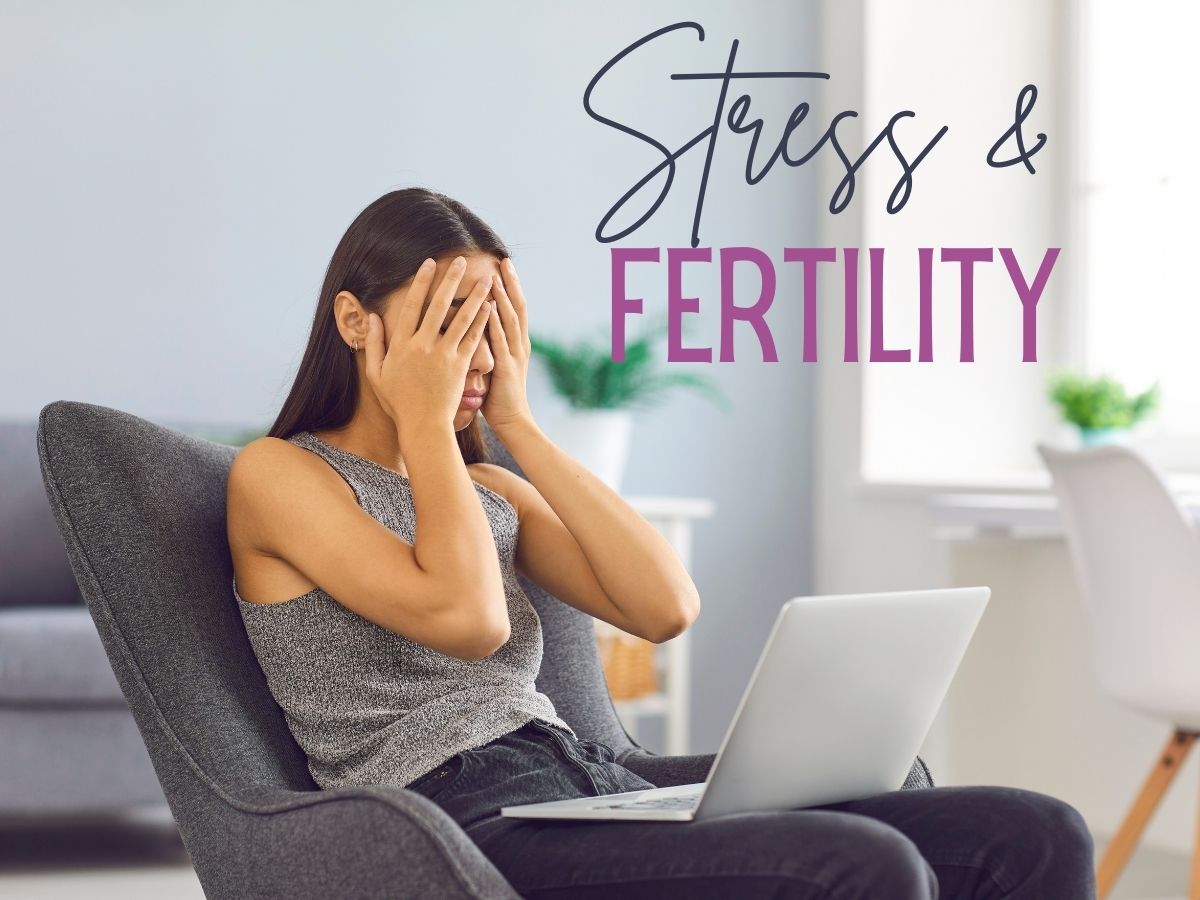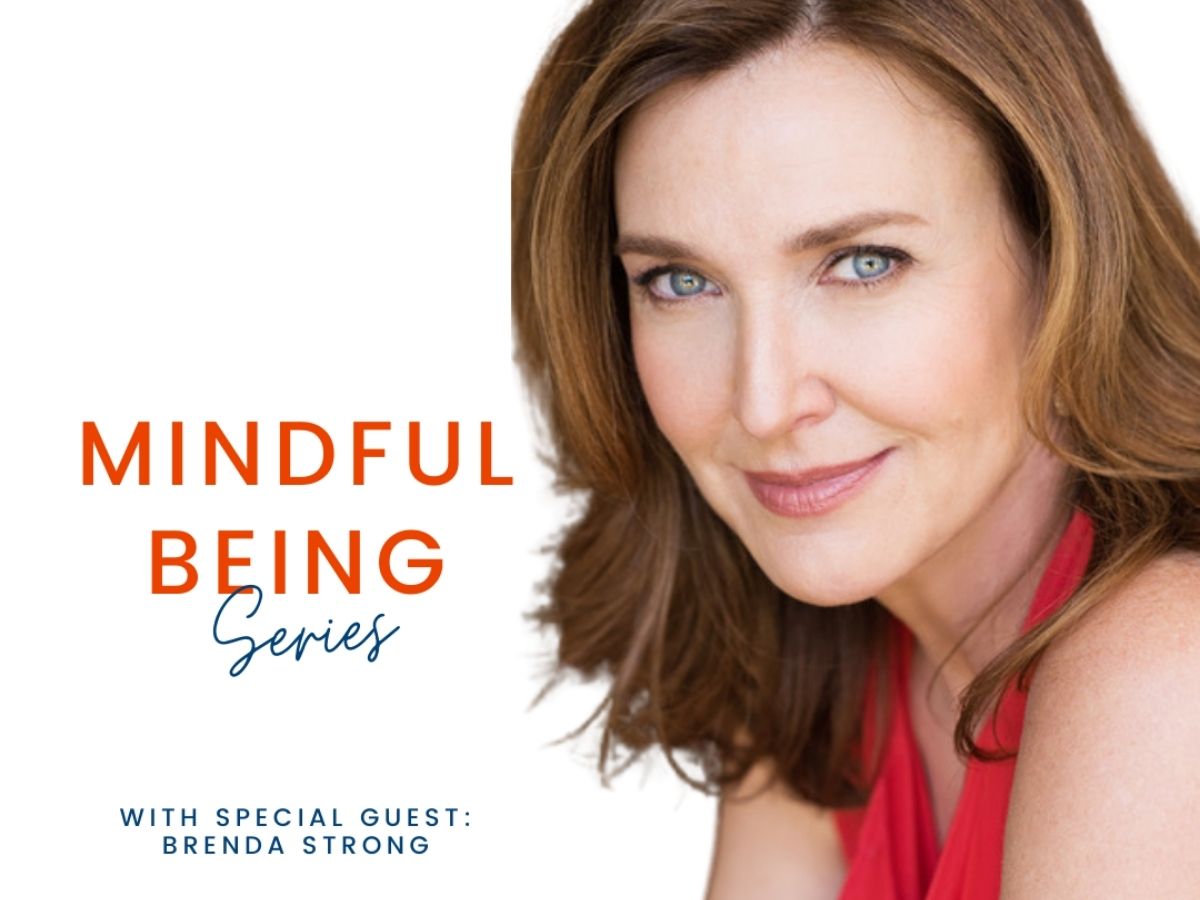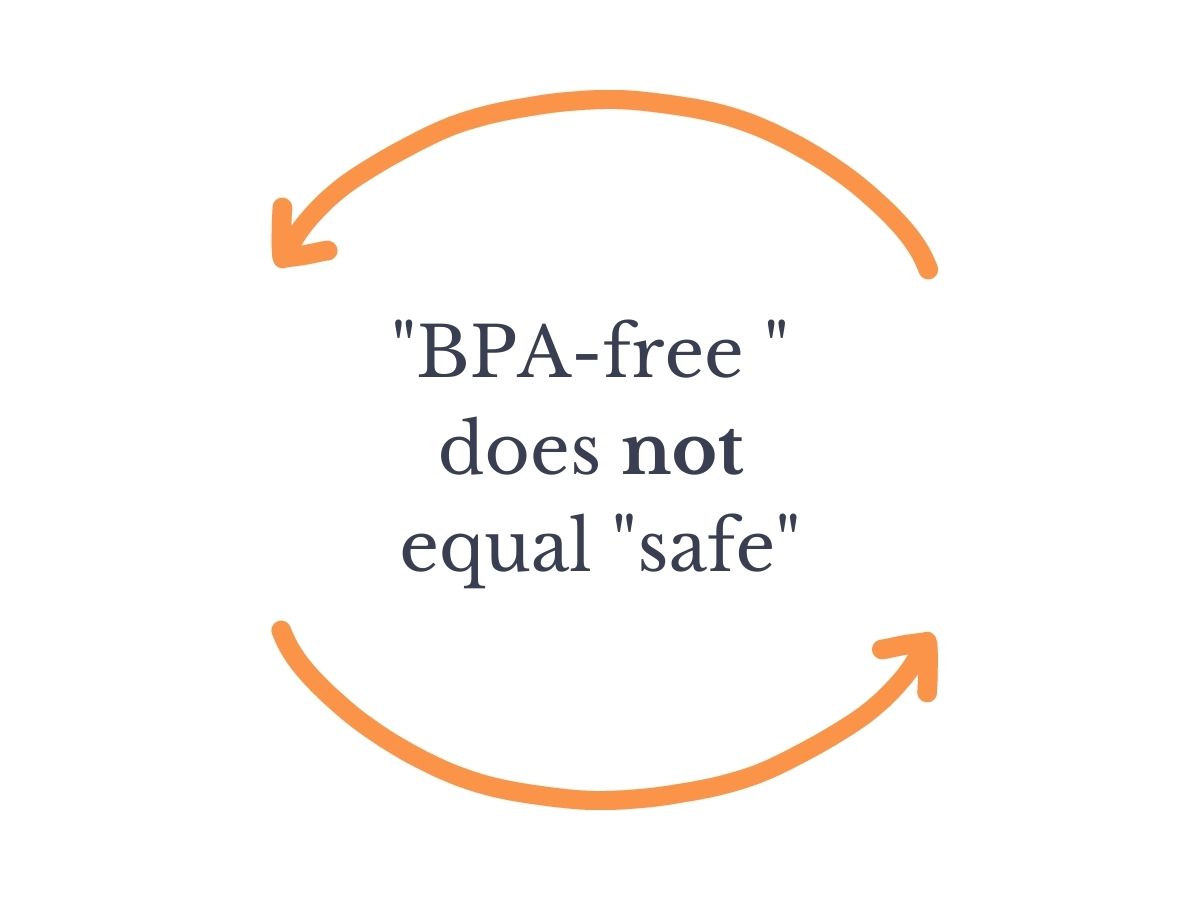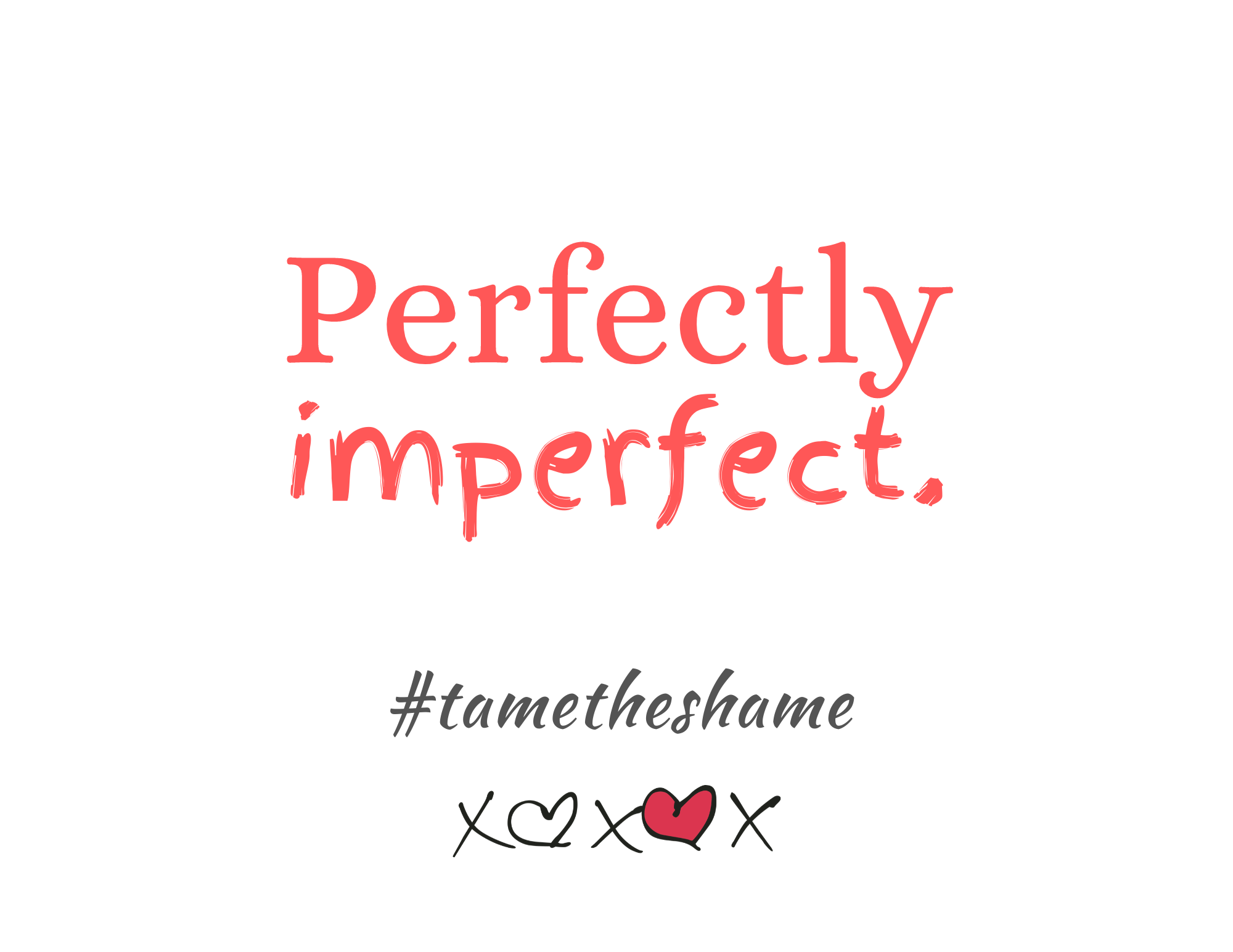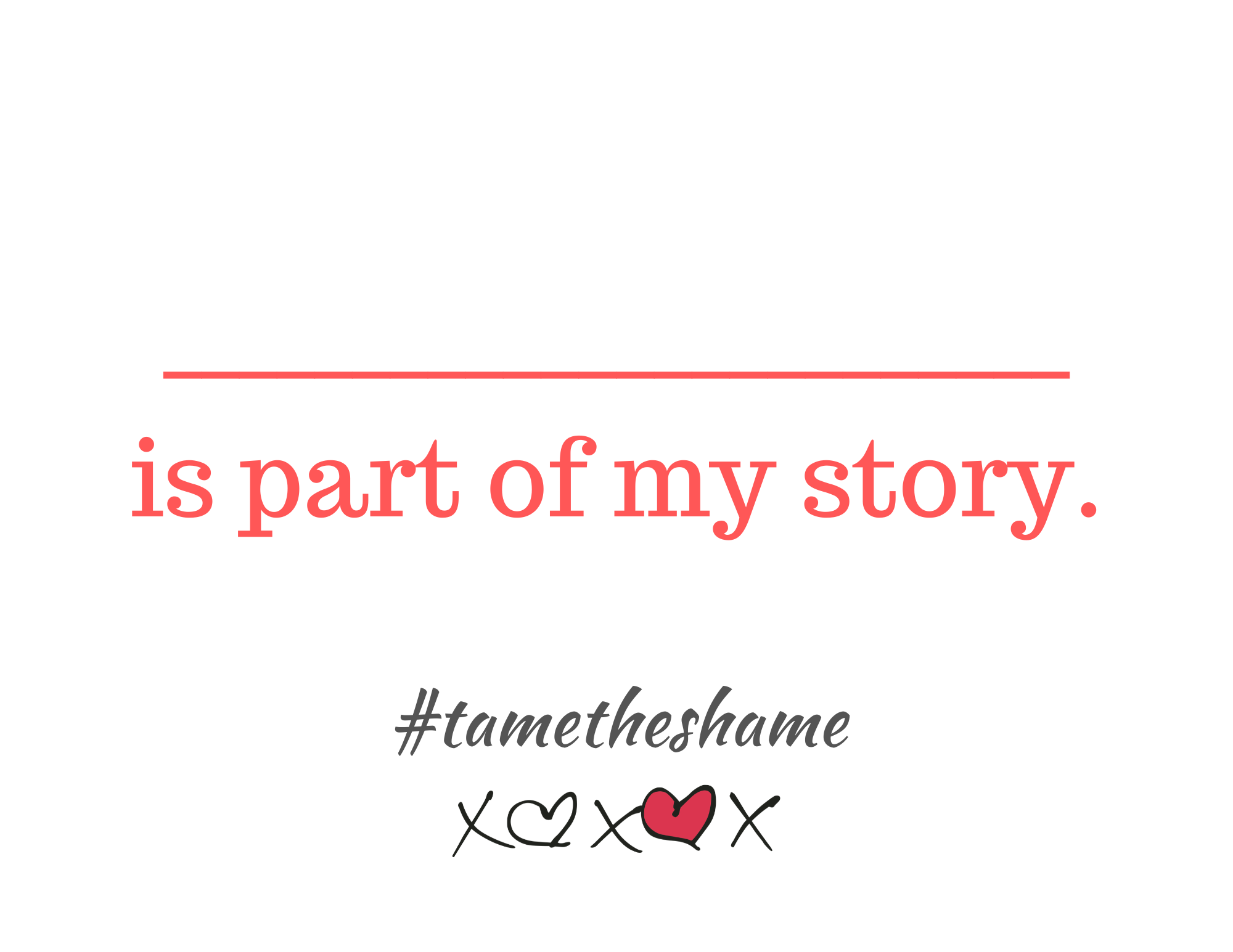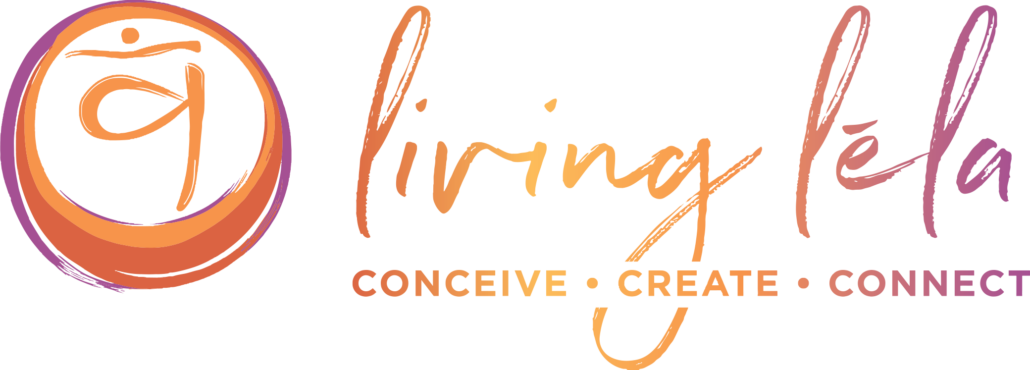Written by: Leigh Finan, RN, MS, NBC-HWC
Stress and Fertility: A Deep Dive into the Physiology of Stress on your Female Body and its Impact on Fertility
What is stress?
Stress is often defined as “a physical, chemical, or emotional factor that causes bodily or mental tension and may be a factor in disease causation” (Merriam-Webster, n.d.). Stress can be both acute or chronic, and when not dealt with in an adaptive way, can lead to several negative health consequences including heart disease, diabetes, obesity, immune system dysfunction, inflammation, cognitive impairment, and impaired reproduction.
Often, stress is the result of circumstances that are above and beyond your level of perceived coping skills. Since every person has a varying level of resiliency and ability to cope, what may stress one individual, may not impact another at all.
However, for many women, one seemingly universal source of stress is the fertility journey. Preparing your body for pregnancy, seeing negative test after negative test, and experiencing multiple miscarriages can be both stressful and disheartening. If you’re someone who is on a fertility journey, it is helpful to understand the physiology of stress on your female reproductive system so you can tackle your stressors head-on.
The term “stress” is something we are all familiar with; however, what actually is stress? How does your body get from the moment you encounter a stressor to that heart-pounding feeling?
How does stress impact your body?
It’s time to break it down…
When you experience a stressor, a sequence of events occurs in your brain through what is known as the HPA axis. It starts in the hypothalamus, which secretes a chemical called corticotropin-releasing factor (CRF). CRF travels into your circulation and acts on the pituitary gland, telling it to release adrenocorticotropic hormone (ACTH). ACTH then travels through your system to the adrenal cortex where it stimulates the synthesis and secretion of glucocorticoids, more commonly known as adrenal steroids. One of these steroids is cortisol, a hormone responsible for many of the physiological changes you experience as a result of a stressful situation.
The sequential flow of events through the HPA axis results in several adaptations known as the “fight or flight” response. For example, your blood flow shifts away from your intestines to the skeletal muscle, your heart rate and blood pressure rise and you experience increased cognition and vision. All of these events occur at the expense of your digestion, growth, immunity, and reproduction (Smith & Vale, 2006).
How does stress impact your fertility?
It makes sense, right? Evolutionarily speaking, why would you want to reproduce when you are experiencing stressful circumstances? It probably isn’t the best time to make a baby when getting chased by a bear or living through a famine. However, in modern society, famine is rare and so is getting chased by a bear. Instead, stressors often include work, family dysfunction, financial trouble, illness, and for many women, difficulty conceiving.
The stress-induced secretion of adrenal steroids (including cortisol) has a major impact on the production of your reproductive hormones which can result in the impairment of follicular development, ovulation, and time to pregnancy. One study found that “higher preconception perceived stress was associated with lower E1G [estradiol] and PdG [progesterone], a higher risk of anovulation [a menstrual cycle in which the female does not ovulate], and a longer time to pregnancy” (Schliep et al., 2019).
According to Schliep et al. (2019), a recent analysis of the Mount Sinai Study of Women Office Workers found that perceived stress occurring during the follicular phase (the time before ovulation) was associated with a lower probability of pregnancy during that menstrual cycle. In addition, it has been hypothesized that the effect of stress on time to pregnancy may be due to the adrenal steroid effect on the lining of the uterus.
Stress can also be the result of unhealthy lifestyle factors, including obesity, smoking, alcohol intake, and drug use. This “lifestyle-induced stress” is often the cause of oxidative stress in the body. Oxidative stress can result in alterations in DNA and ultimately contributes to premature aging and problems with fertility.
Not only can oxidative stress and excessive cortisol production cause problems with fertility, it also has serious consequences on fetal outcomes during pregnancy. For example, according to Zelena (2015), a high-stress maternal-fetal environment is linked with spontaneous abortion, preterm labor, and intrauterine fetal growth restriction. Research also suggests that exposure to excessive cortisol in utero can lead to heart, metabolic and neuroendocrine disorders in adulthood.
Is stress always bad?
Although it’s easy to believe all stress is bad, this is simply not true. In fact, cortisol regulates many important processes of early pregnancy, including the impact of the mother’s immune system, embryo attachment to the uterine lining, and the growth and development of the fetus. In addition, according to Zelena (2015), research suggests that exercise during pregnancy positively impacts the child’s health and cognitive development. It also lowers the risk of gestational diabetes, obesity, and type 2 diabetes in both the mother and baby.
Finally, it’s important to note that some degree of stress is helpful in motivating you to “push through the muck.” Life is not always going to be rainbows and butterflies, especially when you are dealing with fertility challenges; therefore, it’s important to shift your narrative from distress to eustress, also known as “good stress,” and find coping mechanisms that enhance your resiliency.
5 Practical ways to reduce stress for enhanced fertility:
- Stop substance use and/or abuse. As previously mentioned, lifestyle factors such as smoking, alcohol intake, and drug use can all cause oxidative stress in the body. To enhance fertility and the health of your future offspring, I HIGHLY recommend cutting back or stopping completely on alcohol, drugs, and smoking during the preconception phase. Of course, during pregnancy, all of these substances should be completely avoided. In addition, limit your exposure to environmental toxins such as BPA and heavy metals found in plastic, cosmetics, and aluminum products.
- Cut the junk. Obesity is a major cause of oxidative stress in the body and can also cause complications related to PCOS (polycystic ovary syndrome), such as insulin resistance and diabetes, which both have negative consequences on fertility and fetal health. Cut back on processed food and sugar and increase your intake of whole foods. This means more fruit, leafy greens, colorful vegetables, organic and grass-fed meat and dairy, pasture-raised eggs, and healthy fats such as omega-3’s from seafood or plant sources.
- Increase intake of antioxidants to combat oxidative stress. Antioxidants found in food include vitamin C (citrus fruits, red and green peppers), vitamin E (nuts, seeds, leafy greens), vitamin A (liver, sweet potato, spinach, dairy products), B-vitamins (beef, seafood, dairy), and micronutrients such as zinc (seafood, beef, nuts/seeds), selenium (brazil nuts, seafood) and copper (beef, seafood, chocolate) (Zelena, 2015).
- Practice mindfulness and meditation to reduce the “fight or flight” response. The key here is to stop the stress response the moment you encounter your stressor. This takes practice; however, mindfulness and meditation help you to exercise this muscle and become better at stopping the stress response in its tracks. The Soulful Conceptions™ membership has all the resources for beginning a simple mindfulness and meditation practice geared towards women on a fertility journey.
- Exercise in a way that feels good for your body. This might be yoga, walking, hiking, running, weight lifting, or swimming. Do what feels good, but not too much. Balance your exercise level with plenty of stretching and water intake. Aim for approximately 30 minutes, 5 days per week.
Although these tips are relatively simple, they can be difficult to implement successfully. The key is not to become overwhelmed by your attempt to reduce stress or enhance your health. Remember, any progress, no matter how small, is a step in the right direction towards a healthier female body and increasing your chances of a viable pregnancy.
We want to thank Leigh for sharing this great information with the Living Lēla family!!
We also wanted to let our readers know that Leigh offers RN Health Coaching and she is currently offering 25% off either of her coaching packages. She is happy to schedule a free complimentary call to see if her coaching would be a good fit. For more information, please visit: https://www.triwellwomenshealth.com/packages-and-pricing
Blessings and Na’mama’ste,
Wendy & Deborah
Leigh Finan RN MS NBC-HWC

Leigh is a Registered Nurse and Certified Health Coach (NBC-HWC). She also holds a master’s degree in nutrition from Lasell University.
Throughout her time as an RN, she has witnessed patient after patient deal with the horrific consequences of living an unhealthy lifestyle. This experience motivates her each and every day to educate herself and her coaching clients on root-cause symptoms and disease prevention from a lifestyle-modification perspective.
She strongly feels that our daily choices, including the foods we eat and the way we move our bodies, have a major impact on our quality of life, female hormones, and overall health and well-being.
She finds her work extremely gratifying and strives to make each client a priority! When she’s not “nerding out” on all things nutrition or female health, she loves to hike, boat, bake, garden, and spend time with her husband and animals on their little farm in Rhode Island.
References:
Merriam-Webster. (n.d.). Stress. In Merriam-Webster.com dictionary. Retrieved November 9, 2020, from https://www.merriam-webster.com/dictionary/stress
Schliep, K. C., Mumford, S. L., Silver, R. M., Wilcox, B., Radin, R. G., Perkins, N. J., Galai, N., Park, J., Kim, K., Sjaarda, L. A., Plowden, T., & Schisterman, E. F. (2019). Preconception Perceived Stress Is Associated with Reproductive Hormone Levels and Longer Time to Pregnancy. Epidemiology (Cambridge, Mass.), 30 Suppl 2(Suppl 2), S76–S84. https://doi.org/10.1097/EDE.0000000000001079)
Smith, S. M., & Vale, W. W. (2006). The role of the hypothalamic-pituitary-adrenal axis in neuroendocrine responses to stress. Dialogues in clinical neuroscience, 8(4), 383–395.
Zelena D. (2015). The janus face of stress on reproduction: from health to disease. International journal of endocrinology, 2015, 458129. https://doi.org/10.1155/2015/458129

